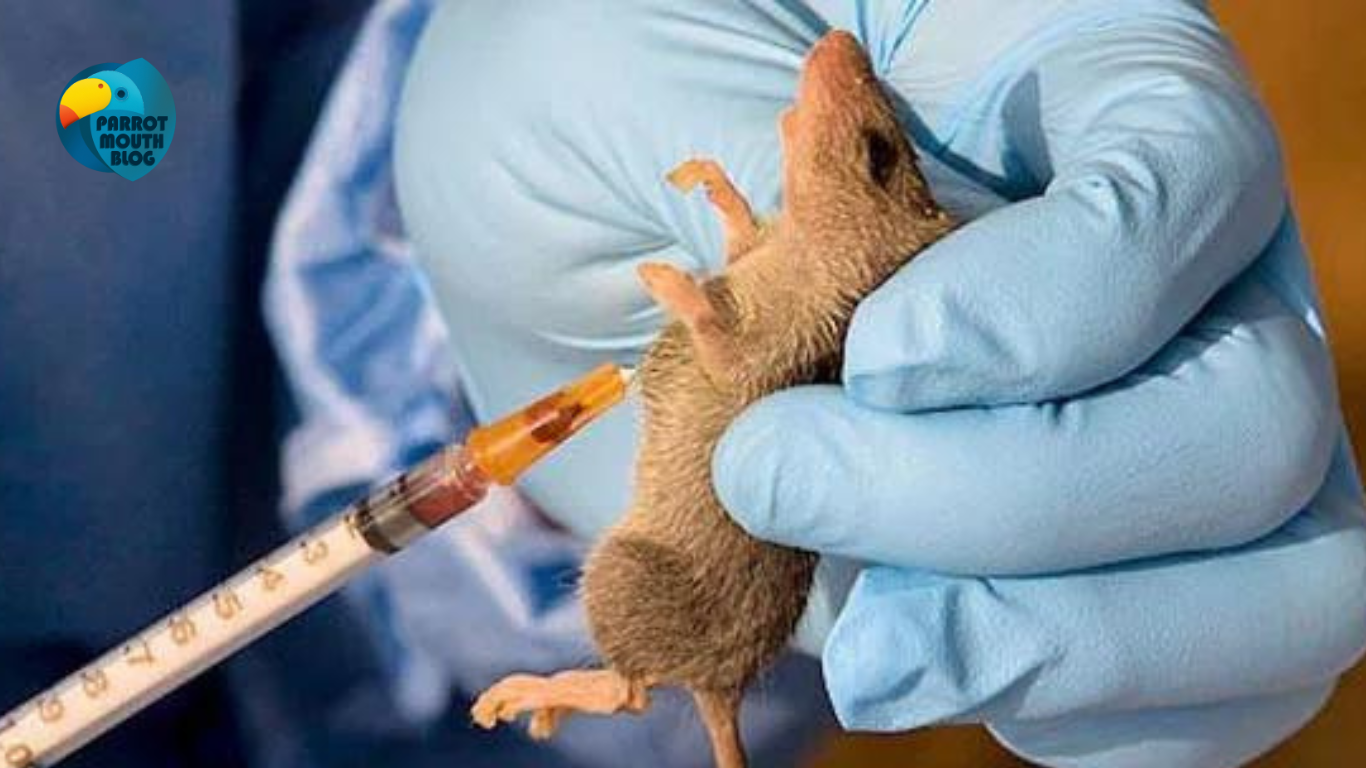In a worrying update, the Nigeria Centre for Disease Control and Prevention (NCDC) has shared that Lassa fever cases are climbing across Nigeria.
From January to July 2025, the country saw 6,640 suspected cases, with 822 confirmed and 155 tragic deaths.
This news comes from the NCDC’s latest report for epidemiological week 29, which shows a case fatality rate of 18.9%—a slight uptick from 17.1% during the same period last year.
Last week alone, 11 new confirmed cases popped up in Ondo and Edo states, bringing the total number of affected states to 21, covering 105 local government areas.
But the brunt of the outbreak is hitting just five states hard—Ondo, Bauchi, Edo, Taraba, and Ebonyi—which together account for 89% of all confirmed cases.
Ondo is bearing the heaviest load at 32%, followed by Bauchi at 23%, Edo at 17%, Taraba at 14%, and Ebonyi at 3%.
The disease is affecting a wide range of people, from toddlers as young as one to elders up to 96, but it’s hitting the 21–30 age group the hardest, with a median age of 30.
Slightly more men than women are falling ill, with a male-to-female ratio of 1:0.8.
The NCDC is working tirelessly through its National Lassa Fever Technical Working Group, teaming up with state governments and other partners to tackle the outbreak.
They’re doing everything they can to support affected areas and stop the disease from spreading further.
The agency is also calling on everyone to stay vigilant.
Simple steps like keeping good hygiene and seeking medical help right away if you feel unwell—think fever, vomiting, or just feeling off—can make a huge difference.
“Early detection saves lives,” the NCDC stressed, urging communities to stay informed and act fast.








